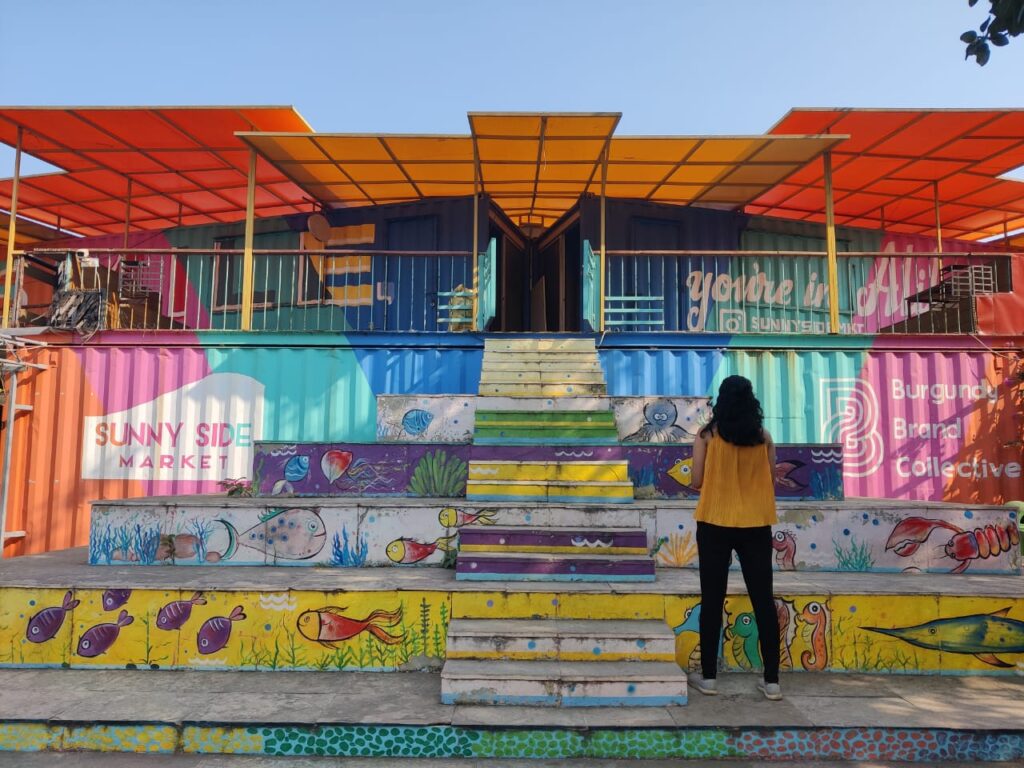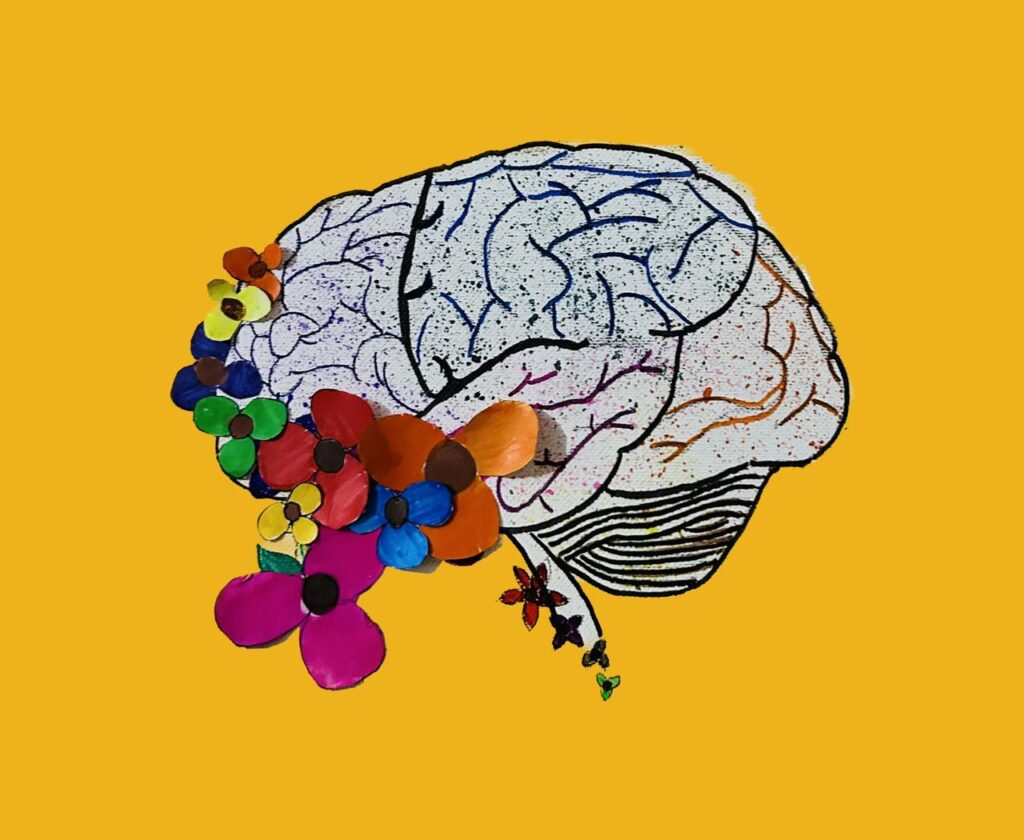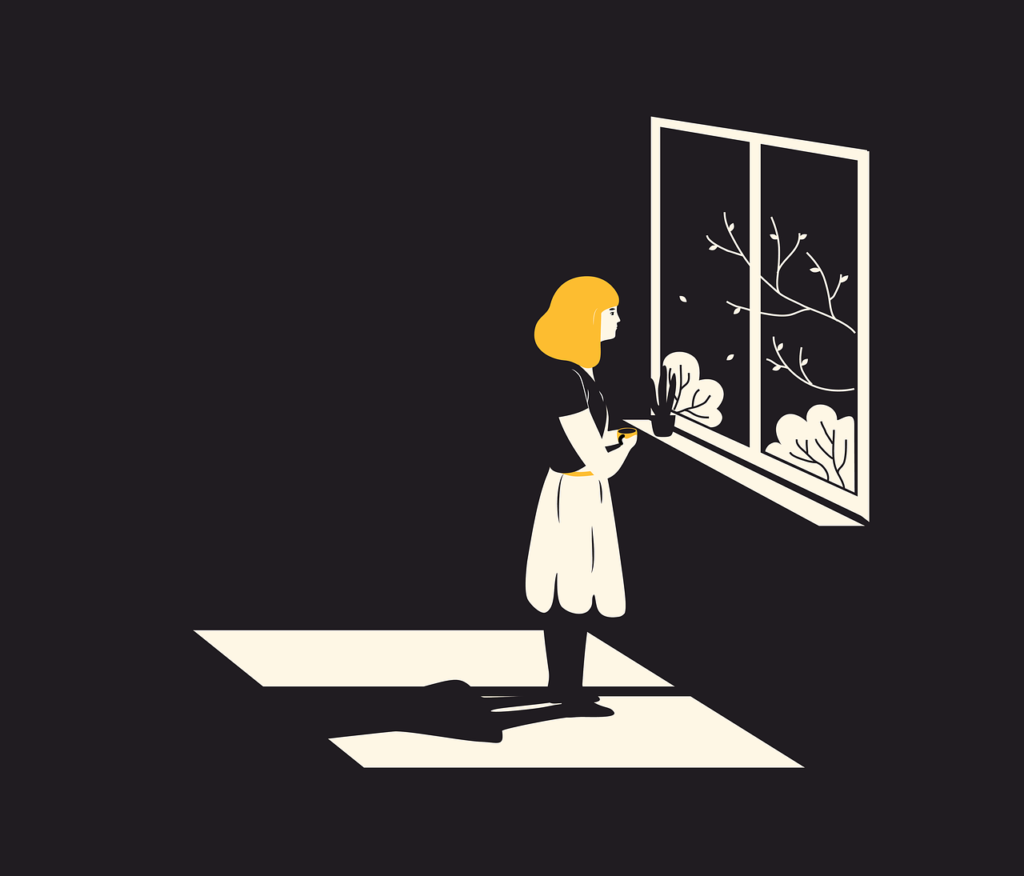Cats and Dogs
It is Mumbai, and the co-existence of cats and dogs here is unusually evident. They sit atop cars, beneath them, cross roads in rush and feed on significantly large rat population or sugar – flour snack harmful even for humans – biscuits!
What it parallels neatly with, is the co-existence of sub species of homo – sapiens populating the city so thickly. There are humans who are rats, who fear the big cats traveling in limos and suits, there are cats, who are subverted by the dogs in AC cabins at 28th floors, yet, all of them, together, co-exist. Very harmoniously. In packs, hurrying across the roads and not talking to each other.

The city feeds on hustle, and hustle feeds on humans. And the entire chain reverses itself periodically. Humans feeding on hustle, hustle on city, city on the humans! Yet, the beauty is not afar.
It reflects the community our country is, united by seashore and concrete jungles, Bollywood and street plays, ships and double decker buses, tree shades and neat black roads, yellow leaves and rains, marine drive and local trains. Mumbai is a complete package, filled with people, going to people, travelling with people and at the end, coming back to people.The city breathes on its people, and its people breathe through the city!
A city filled with Veds as well as Taras, Arjun Saluja from ZNMD who freaks out on losing his phone on a trip to Spain as well as Imraan Qureshi who paints his heart out. This city is home to art and equally open to science and business. It is a shelter to both brain and heart, where each feeds on the other. It is deeply grounded despite the flash, and this irony is what makes Mumbai different.
Until next time.





